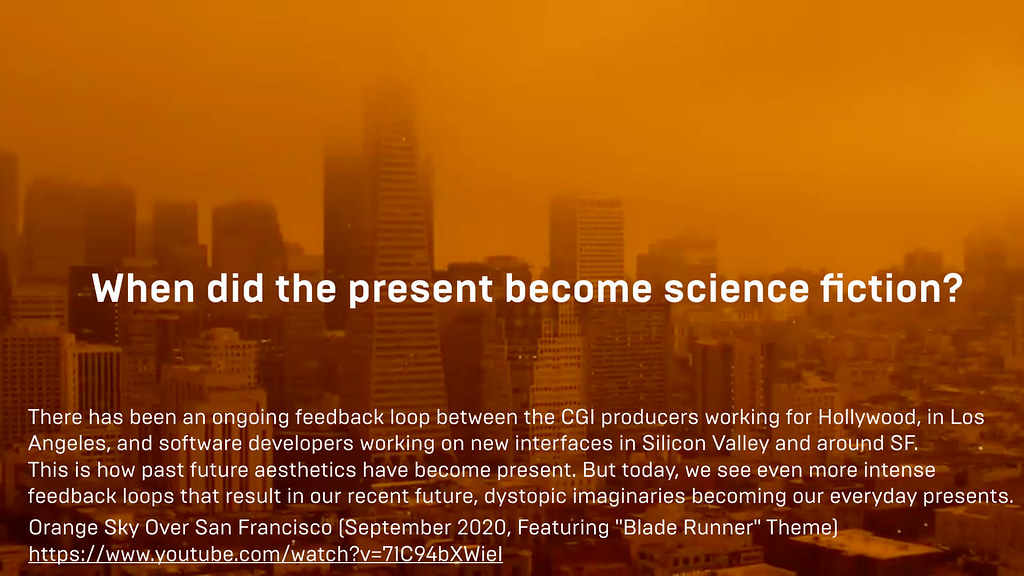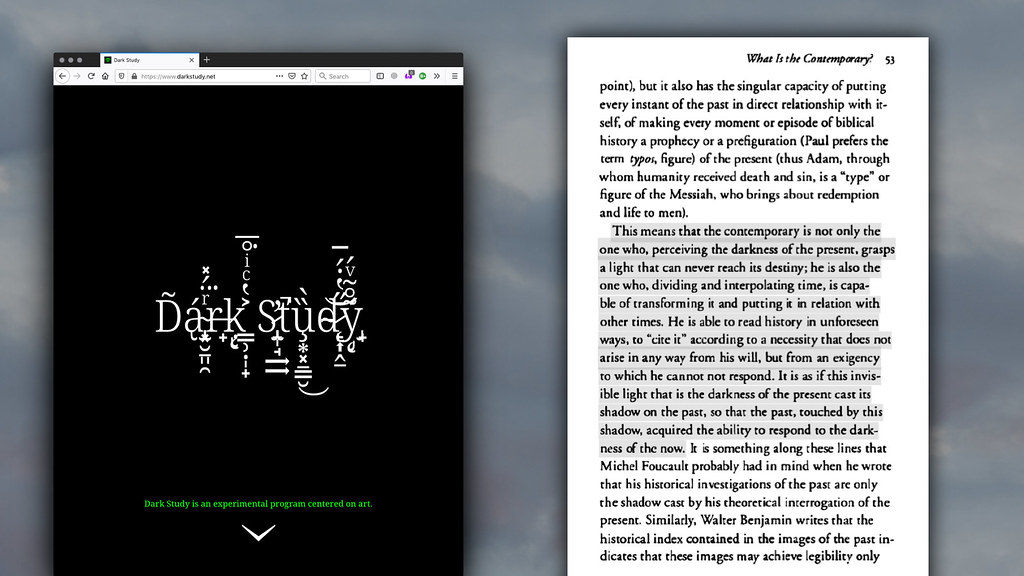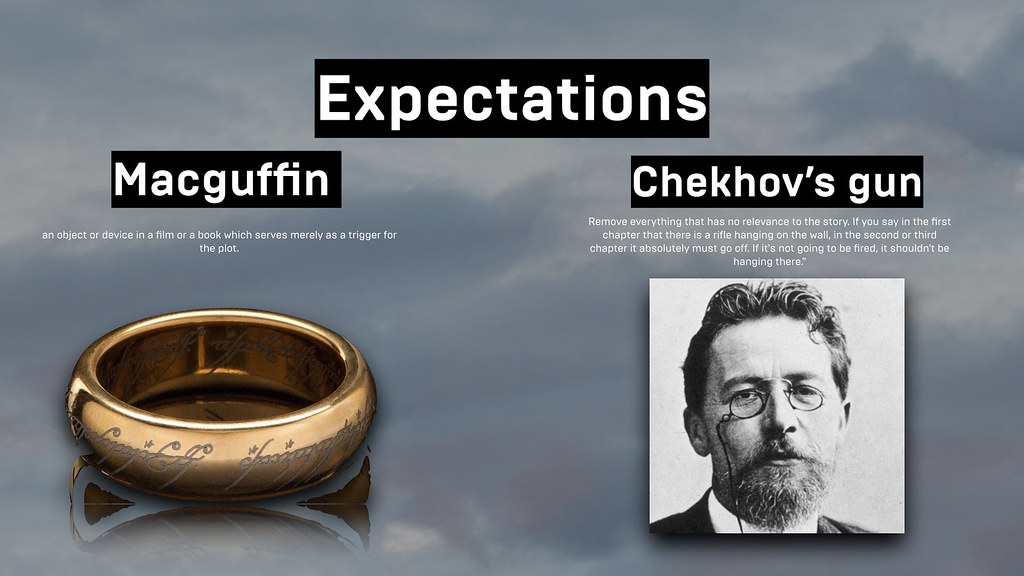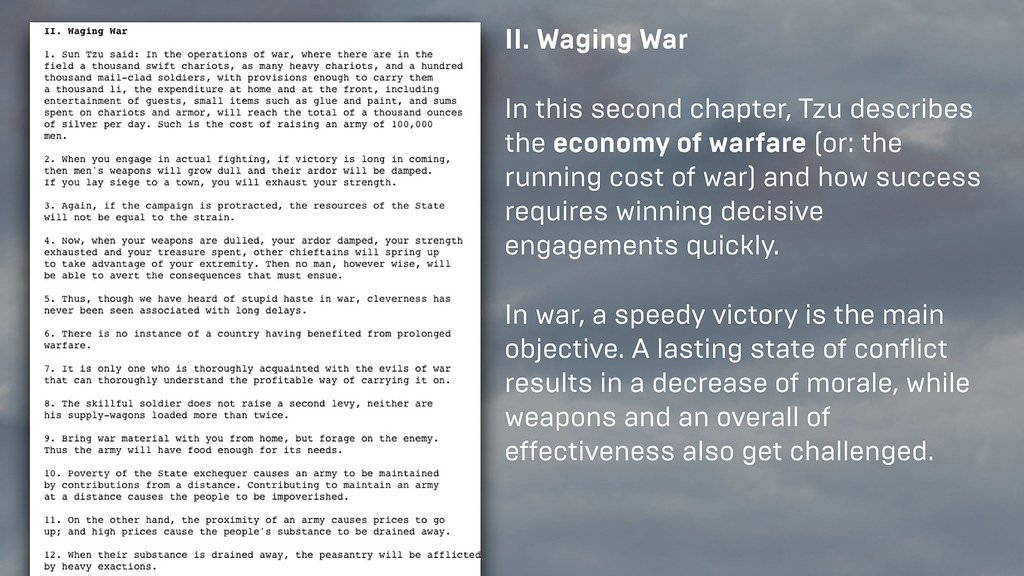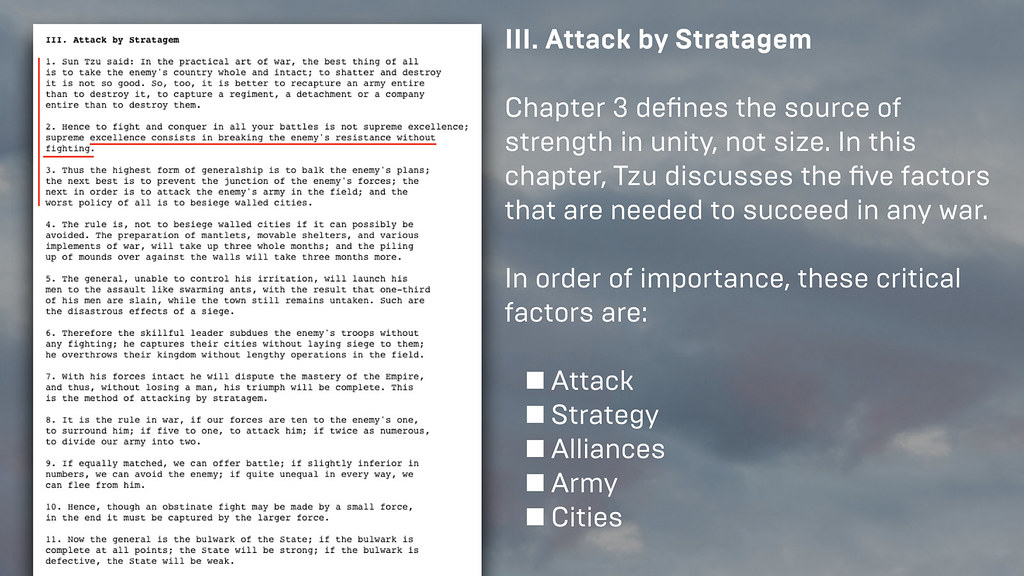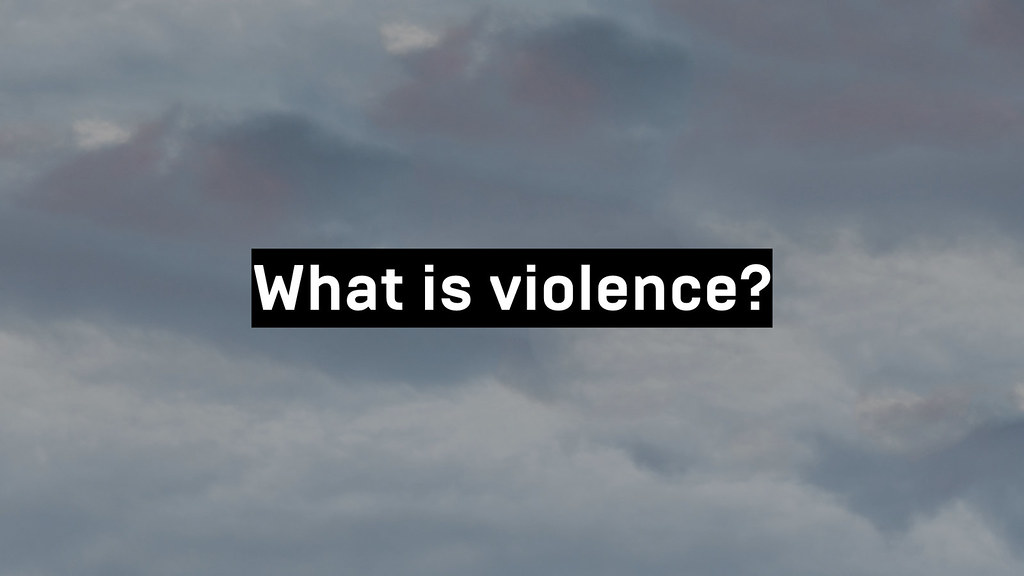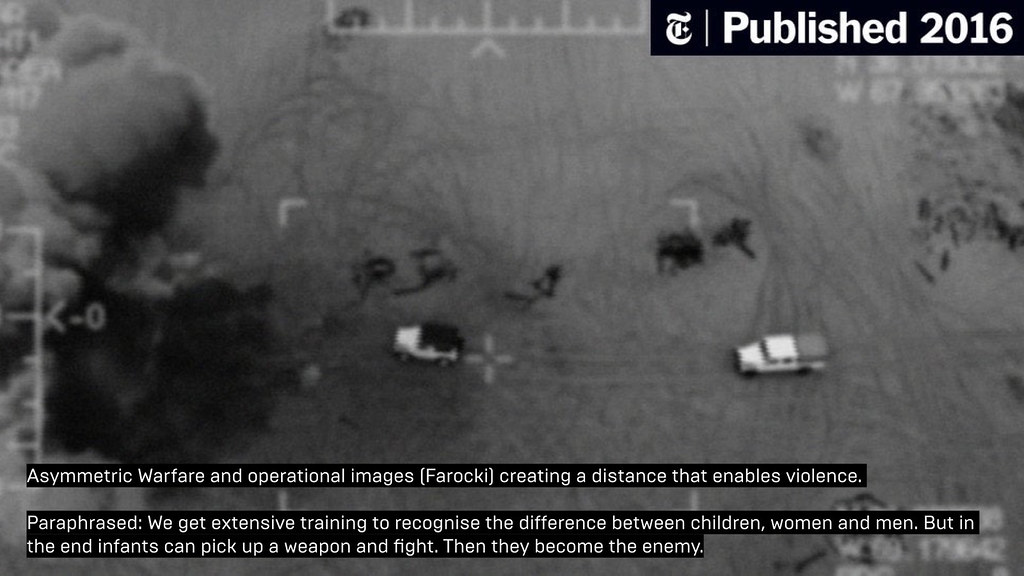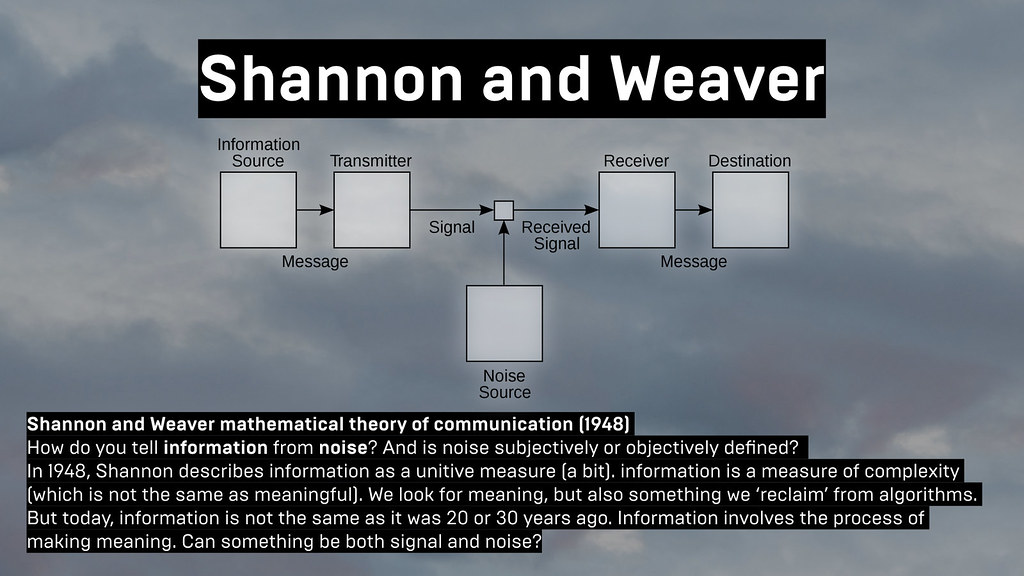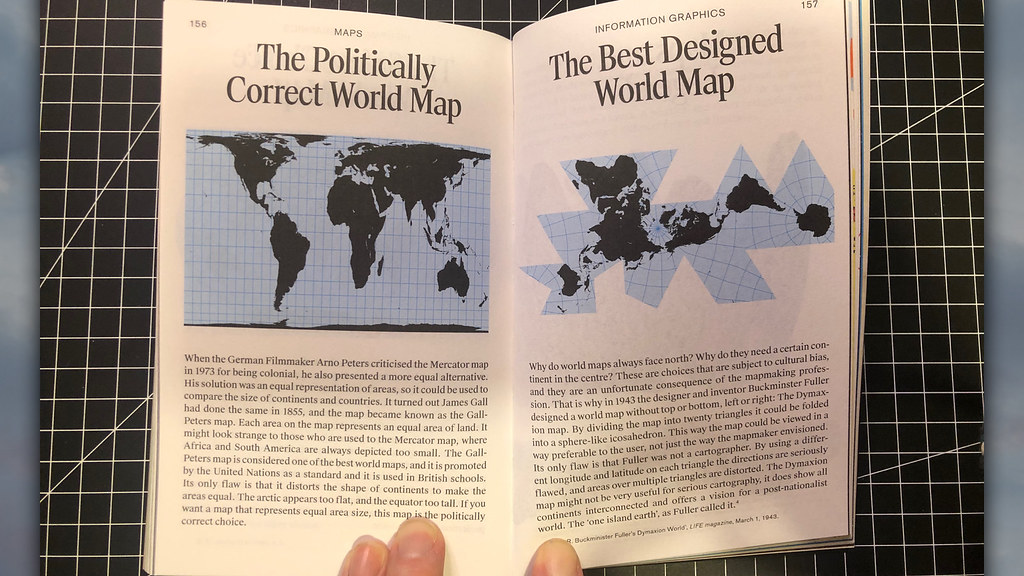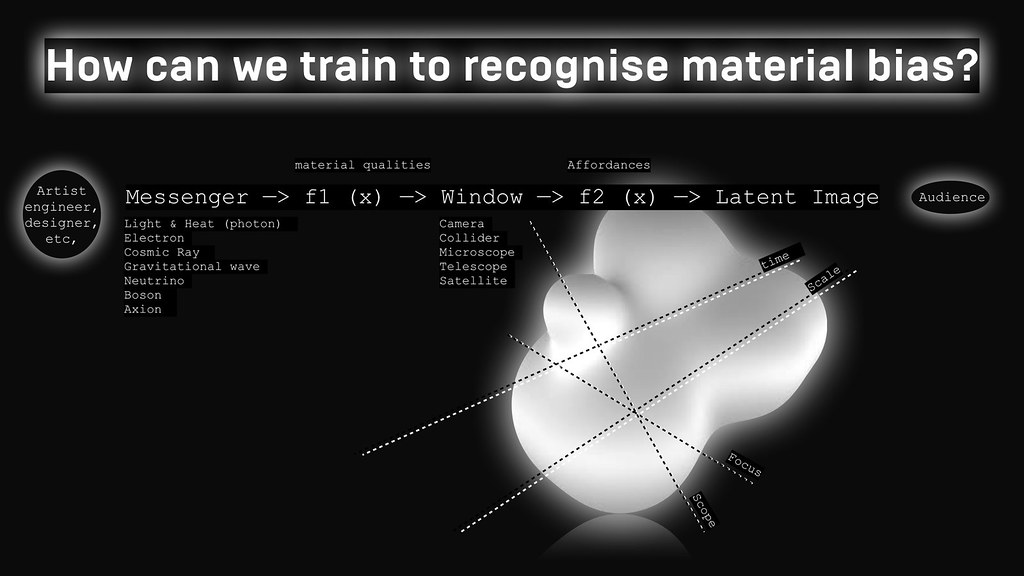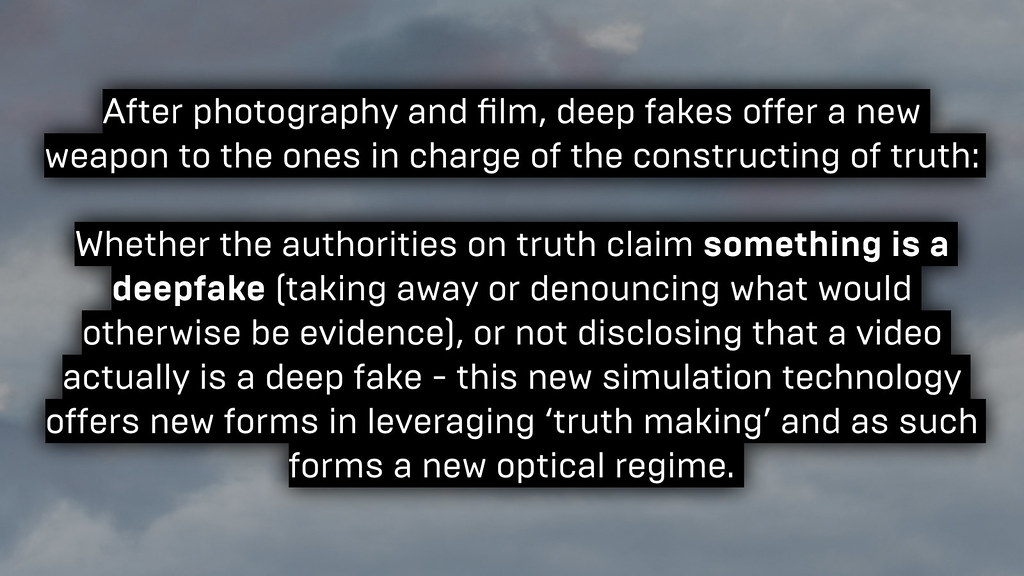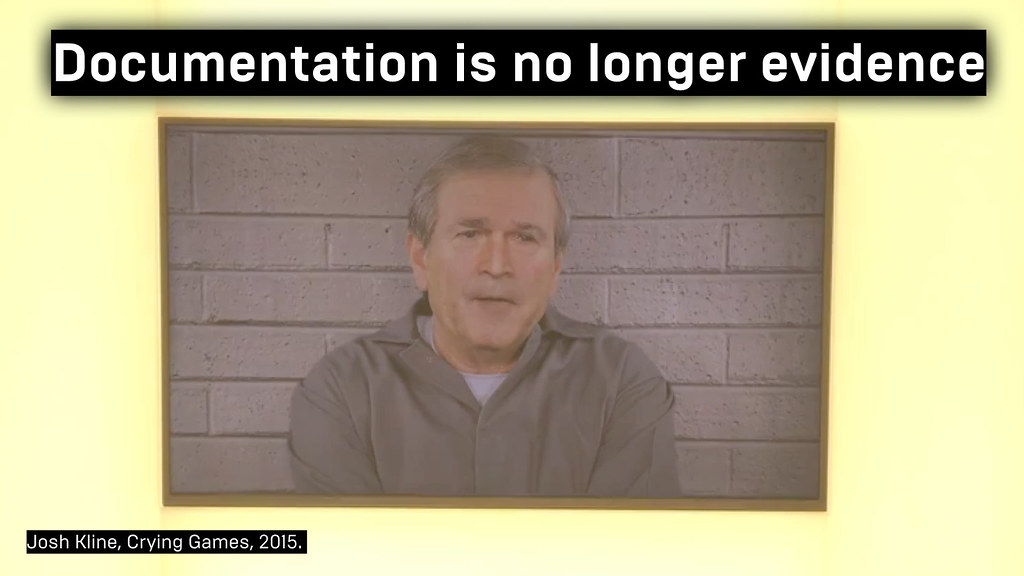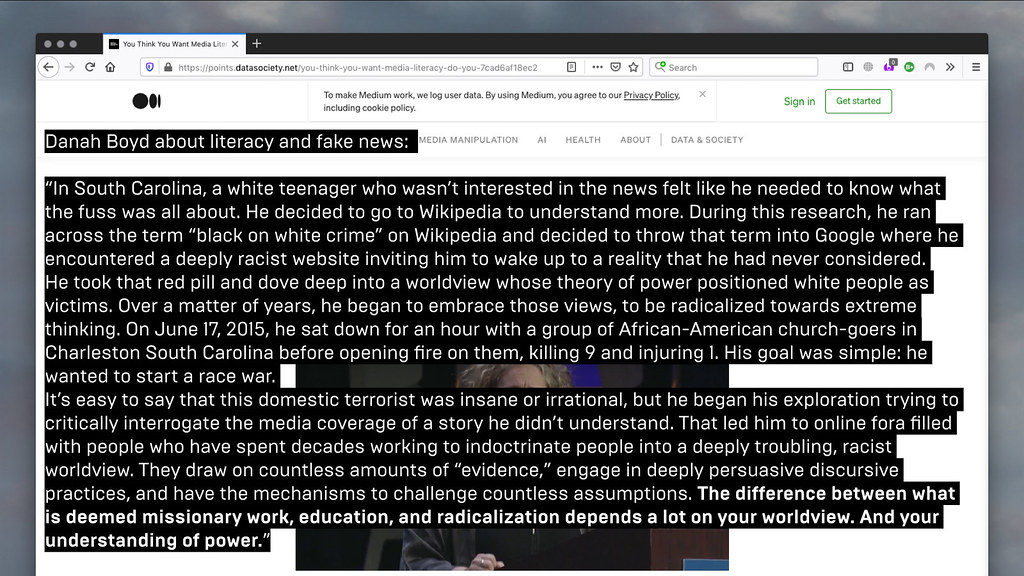
.
What is Contemporary?
Rosa Menkman, Winter semester 2020 at the KHK, as part of Resolution Studies, an ongoing research. .
.
Our (digital) cultures are becoming more and more complex. From deep fakes to the post-uncanny or neo-crapstraction - it is hard to stay on top of the dialogue and keep a grip on the new problems or to even find ‘the contemporary discourse’. Is there still a dialogue? What is really happening now?
There is of course not one ‘now’ in a landscape that has as many fractures as it has participants. And there is also not one truth, past, or future to our digital cultures; they vary as wide as the diversity of the perspectives of its users.
Resolutions are set on all levels of the engineering process, and they involve procedural trade-offs. The more complex a technology is, the more actors its renderings involve. However, these actors and their inherent affordances and complexities are increasingly positioned beyond the fold of everyday settings and outside the afforded options of the interface. This is how resolutions do not just function as an interface effect but also as a hyperopic lens, obfuscating some of the most immediate stakes and possible alternative resolutions of media.Unknowingly, both user and audience suffer from technological hyperopia; a condition of ‘farsightedness’ that does not allow them to see what processes they are taking part in, that they trigger with keyboard in their hands. Rather, they just focus on a final ends to means.
I see a growing need for players such as artists, theorists, engineers and many others, to keep engaging critically with contemporary cultures. But in order to do so, we need the know how to isolate and translate certain problems and explain the issues that are at stake in terms of for instance genre development, politics, economy, protocol or ethics.
This is why, as an artist, I feel I am resonsible to train myself to not only critically engage with the new materialities of the digital, but also - and I believe that this is where the ‘new’ or at least the contemporary comes in - to develop a certain fluid literacy of these constantly developing and mutating material languages that impose constraints and qualities on the technologies we work with.
To truly engage with digital culture means to be able to formulate or take a critical point of view (involving analysis and active change through for instance speculation), which requires both literacy and training that is not just readily available or accessible for everyone. I believe that working as an artist is as much about creating and developing these 'new' modes of thinking as it is about nurturing and sharing the knowledge acquired through this practice. This is why I wish to put extra emphasis on the importance of sharing: all the work I create is available online, even after it has been acquired by a third party. I also share the curriculum I develop, the papers I write and the presentations I give.
.
.
.
.
.
Week 1: What is Contemporary?
An introduction. When did the present become science fiction?.
.
.
.
Week 2: What was Contemporary?
With reading assignments of Agamben’s What is Contemporary? and the request to come up with a speculative temporal prefix genre and a description of what is contemporary..
.
Week 3: What is influence?
With guest lecture by Milena Albiez..
Week 4: What is Gamification?
With assignment to read the first 3 chapters of The Art of War by Sun Tzu..
.
Week 5: What is Violence?
With assignment to read Judith Butlers' Introduction to The Force of Nonviolence: 2020, or watch her introductionary youtube video lecture && the National Bird PBS documentary..
Week 6: What is Bias?
With a guest lecture by Ioann Maria about algorithmic bias in AI and Machine Learning..
Week 7: What is Surveillance Capitalism?
With a guest lecture by Nick Briz about Surveillance Capitalism."howthey.watch/you is a hypermedia essay which continues Nick Briz’s decade-long activism and digital literacy work. It exposes the tracking technology built into our everyday experience of internet browsing. In this online work, the artist discusses this technology and asks important questions about its uses beyond fingerprinting and, ultimately, tracking. By exposing the misuses of this technology Briz encourages viewers to take an active role in protecting their online privacy." —The Open Data Institute.
Nicks' work straddles the lines between research, education and critical artware.
He was one of the early adopters of the desktop video genre, which he uses for instance in his work Apple Computers, an experimental prosumer manifesto.
In his recent work Nick uses the hypermedia essay format (thoughts on glitch art, how/why to leave Facebook, https://howthey.watch/you) to convey critical perspectives on the contemporary status quo of surveillance and capitalism.
- I know Nick since 2010 and I can truly say he is one of the brightest minds I know, so I am very excited to have him share his latest insights with us.
.
Week 8: What is Truth?
From trolls to hoaxes, fake & junk news, disinformation vs information warfare, echo chambers and filter bubbles, hidden truths to deep fakes and gaslightning vs conspiracy theories - it is hard to stay on top of the dialogue and keep a grip on what constitutes truth, reality or facts. What is the history of truth? How are truths documented or constructed? How can truth telling be manipulated through newly developed optical regimes and how does medial iteracy play a role in all of this... in short: How can we stand our ground in the truth storm?
There is of course not one ‘truth’ in a landscape that has as many fractures as it has truth producers. So what is Truth?








